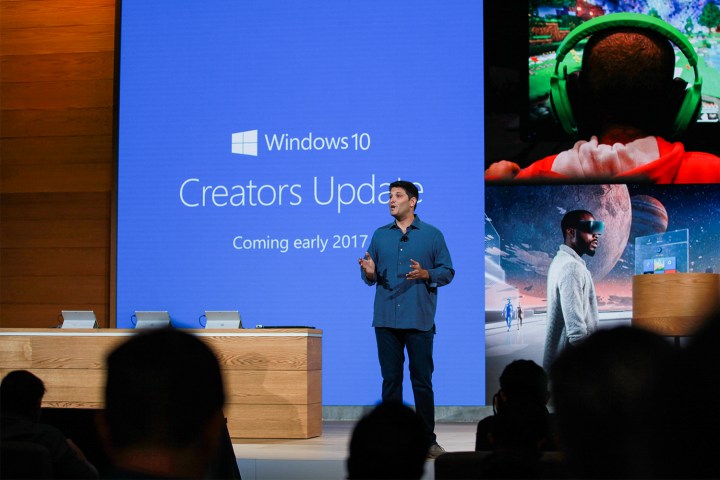
If you’re a member of the Windows Insider program, then you’ve been using preview versions of Creators Update for a few months. You’ve likely noticed that the latest builds have focused on fixes rather than new features, and Microsoft is getting ready to give the update its official stamp of approval, as Windows Central reports.
The last Windows Insider Bug Bash, held in February, likely heralded the point at which the Creators Update was considered feature-complete. From that point forward, every new Windows 10 preview build has focused on fixing bugs and polishing up existing features rather than adding new ones.
Now, sources confirm that Microsoft is getting ready to push out a Creators Update release candidate to Windows Insiders, which will give the company some time to test out the build and make sure it’s ready for public release. The release candidate build is expected to arrive next week, with a target date of April 11 for the PC version of Windows 10 and a few weeks after that for mobile devices and Xbox One.
Once the company finalizes the update with a release candidate, all of the bugs that Windows Insiders identify will be held for an update release that will launch soon after the Creators Update officially arrives. Windows Insiders can continue to install preview builds for as long as they want, and they can drop out of the program and remain on the production version once the update has installed on their machines.
Once Creators Update is up and running, then the process starts all over again. Windows Insiders will start receiving builds of Redstone 3, the next update expected to arrive at the end of 2017, which is expected to bring significant changes to the Windows 10 user interface and could be a more significant change than Creators Update.
Editors' Recommendations
- The next big Windows 11 update has a new hardware requirement
- Windows 11 vs. Windows 10: finally time to upgrade?
- Microsoft may fix the most frustrating thing about Windows updates
- Windows is just an application now
- A major Windows update just launched. Here’s what’s new


